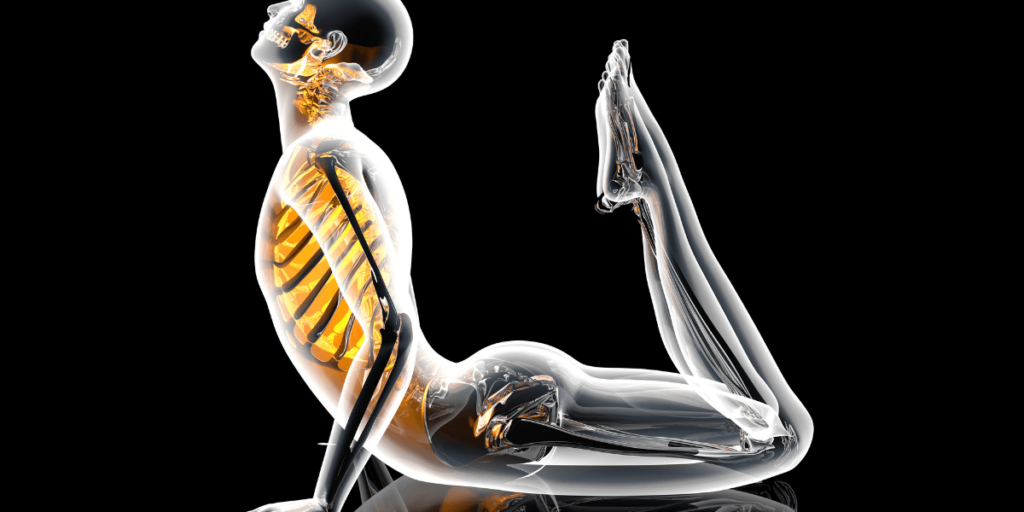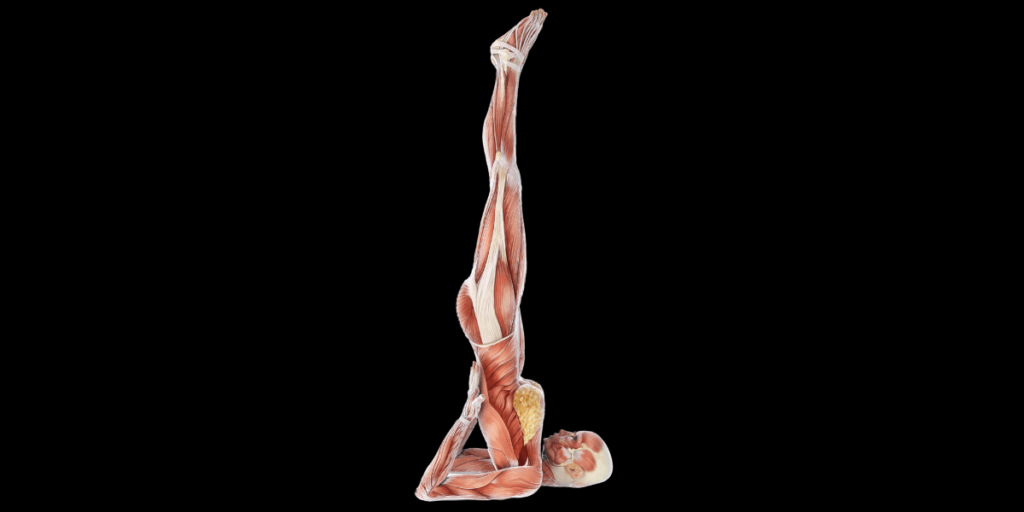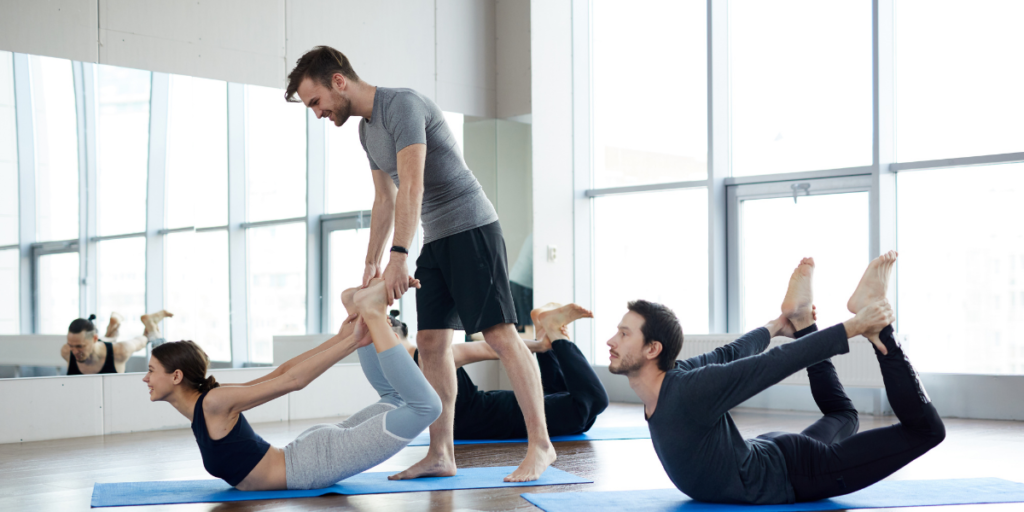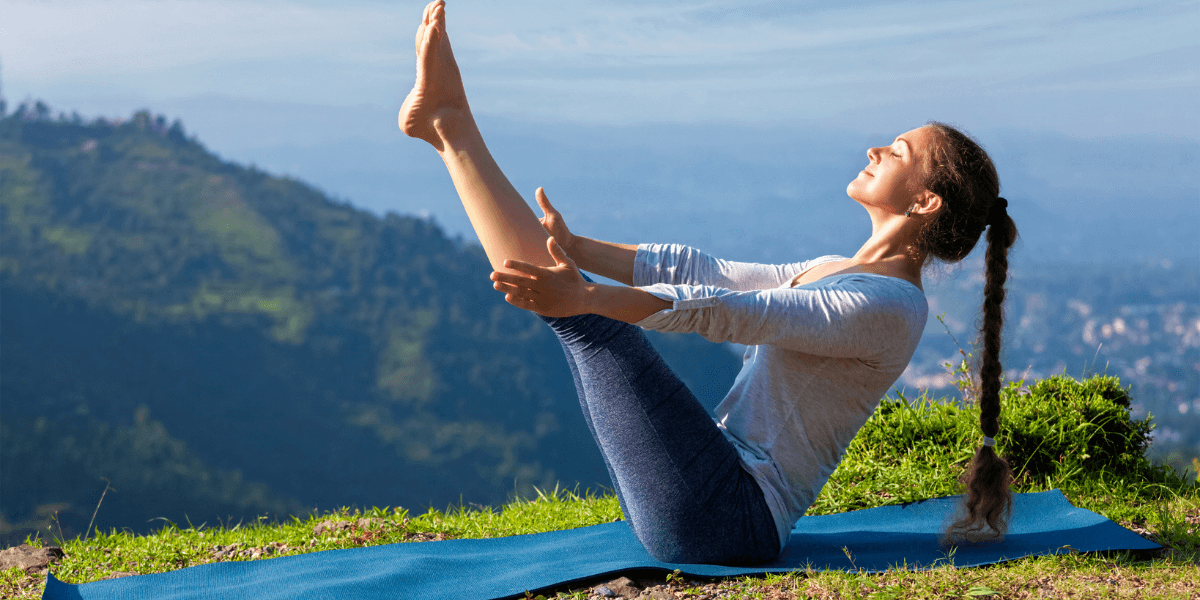The human body is a fascinating mechanism, and for avid yogis and instructors, yoga can help soothe, stretch and heal it! But, what actually happens to the human body during a yoga practice? The importance of understanding the body helps us to avoid injuries and practice safely. The understanding of body mechanisms and movement is known as yoga anatomy.
Beyond the peaceful practices, meditation, and breathing techniques, the practice of yoga is fueled by science. Yoga anatomy is a study that covers the body’s muscles, joints, tissues, membranes, cells, and more. For yoga instructors, yoga anatomy is especially important as it allows them to understand what happens inside the human body during a yoga class.
If you are interested in deepening your yoga practice or are on the path to becoming a yoga teacher, learning about yoga anatomy will help you to understand the body better and teach safe practices. Here are 5 key aspects of yoga anatomy that every yogi should know.

1. Body Movement
We’ve all heard it, “move with breath,” but what does it actually mean? When we move various parts of the body, our anatomy reacts differently. For example, when some of our body parts move, they create flexion, extension, and internal and external rotation. For yoga teachers, it’s important to understand that some yoga poses can include three or more different actions, and knowing how the body moves and reacts can help prevent injury.
2. Understanding the Human Skeletal System
While it’s not necessary to know all 206 bones in the human body, you should have a general understanding of the connections and how the human skeleton moves. Yoga teachers should have basic knowledge of the spine, arms, legs, and torso. This will also help when you begin to further explore muscles and connectivity during practice.
3. Joints & Connections
The body is able to move thanks to joints and connective tissues. Joints connect bones and, when the body moves in the wrong direction or against the natural movement of a joint, it can cause severe injury. It’s important for yogis and yoga instructors to understand the different types of joints like hinges, ball, and sockets, gliding joints, etc., so that they can help students navigate poses correctly.
4. Major Muscle Groups
Because yoga is essentially a physical exercise, it is essential for yogis and yoga instructors to understand muscle groups. This is one of the most complicated studies of yoga anatomy, but we recommend gaining an understanding of large muscle groups before moving into ligaments and tendons. Muscle knowledge will allow yoga instructors to avoid injury and create smooth flows that warm up the body and prevent overstrain.
5. Alignment & Risks
Understanding the body’s anatomy allows yogis and yoga instructors to practice yoga with a stronger awareness of alignment and risk. With this knowledge, students and teachers can avoid postures or transitions that could twist or pull the body in the wrong direction causing injury. For example, understanding the knee joint helps us to move from one position to another without putting strain on our muscles and bones.

How to Learn More About Yoga Anatomy
There are plenty of resources to learn about yoga anatomy including books and online courses. Additionally, most 200-hour yoga teacher training courses cover basic yoga anatomy. For an intensive course that focuses on yoga anatomy, we recommend Yoga Bliss Retreat’s 30-hour online Yoga Anatomy Training. During the course, you will learn how to teach a yoga class with a focus on anatomical structure. Additionally, study at your own pace with this Yoga Alliance recommended further education course.



